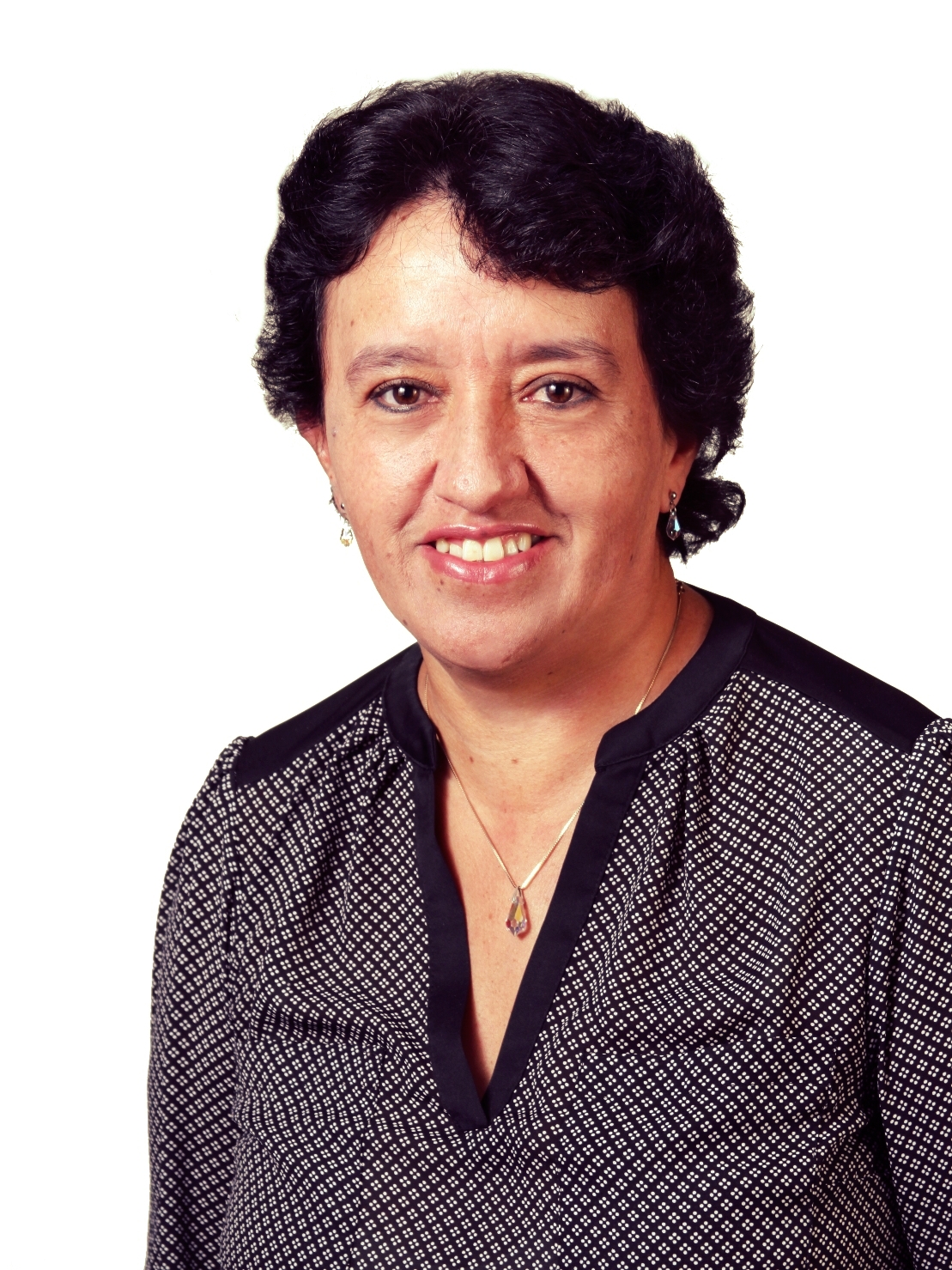TERMINOLOGY USED IN THE TRANSLATION INDUSTRY
- Computer-Assisted Translation (CAT)
While a translator is working on an assignment, he/she can have a Computer-Assisted Translation (CAT) software open to record his/her progress and generate a Translation Memory that can be used time and time again in order to find matches and repetitions among past, present, and future files. In other words, a translator never has to translate the same sentence twice, because his/her translation is recorded in a database and then recalled by the CAT tool when that same sentence is found on a new source material. Additionally, CAT tools can also offer a word count report that allows translators to give clients a very detailed quote on upcoming assignments.
A file whose text can be selected by a text editor and whose words can be counted electronically by either these programs or a CAT tool.
The act of formatting the layout of pages on publication software in order to have documents ready for print.
Unlike an editable document, the contents of hard copy materials cannot be selected by a text editor and, consequently, its word count cannot be determined for quoting purposes. Hard copy files include printed documents sent by regular mail or fax and scanned documents transformed into image or PDF files. Hard copy material cannot be used with CAT tools, which would be unable to "see" the text contained in such file formats.
The original language in which a material was written. The same as source language.
The language into which a material will be translated. The same as target language.
The act of translating a document through a computer program, without human intervention. It should not be mistaken by the act of a translator using a CAT tool to record his/her own translation.
- Matches (or Fuzzy Matches)
Sentences found in the text being translated that are retrieved by the Translation Memory because a similar content has already been translated in the past. They are usually divided into percentage groups (50%-99%) and collectively called Fuzzy Matches.
- Portable Document Format (PDF)
A popular format, also known as PDF, which was created by Adobe Systems in 1993 and is used for both text documents and publications. Documents converted into PDF are lighter and can be read by several programs in different operating systems, but can only be edited by special software, the most popular of them being Adobe Acrobat and Foxit.
Used to create page layout for Desktop Publishing assignments. Programs include InDesign, QuarkXpress, Microsoft Publisher, and Scribus, among others.
When working with editable documents and using a CAT tool, translators are able to provide a quote for their services based on the number or new words, matches, and repetitions found in the translatable text. The more matches and repetitions, the bigger the discounts will be.
CAT tools are able to analyze the material to be translated and determine how many segments are repeated within the original text, thus allowing for discounts.
A sentence that is recognized and isolated by a CAT tool to either find a match within the existing content of a Translation Memory or add it to the database.
The document to be translated.
The original language in which a material was written. The same as Language A.
Coding used in some file formats to create the respective layout and data structure, such as in web files (html, php, etc.) and slide presentations. When using a CAT tool, a translator can isolate such coding as to not have it included in the final word count report and to not interfere in it, which would affect file functionality.
The document resulting from the translation.
The language into which a material will be translated. The same as Language B.
A database made of translation units recorded by a translator using a CAT tool.
The combination of a source segment and a target segment, which is recorded into the database as a single unit that can be later leveraged as a match or repetition.
A database containing terminology.
Software used to create and edit text files, such as Microsoft Word and Open Office Writer.
A report generated by a CAT tool containing a breakdown of the word count found in the source document, which allows for a translation quote.





































